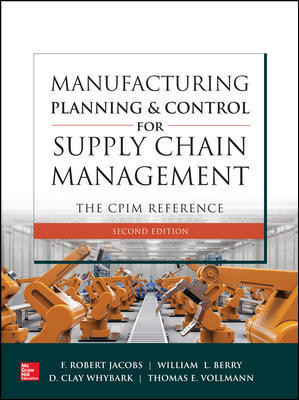A change management strategy provides direction and purpose for all change management activities.
Simply put, a change management strategy is a plan for how to make something different. In business, a change management strategy describes specific ways in which an organization will address such things as changes in the supply chain, inventory requirements, scheduling, or project scope.
Define the Change
Creating operational definitions of the change will help the executive team understand what exactly you are trying to accomplish for each area impacted. Framing your objectives with a strong value proposition provides more incentive to the executive team to support change initiatives. Think of your value proposition as “what’s in it for us?”
Lay Out the Tactical Plan
The tactical plan should outline actions that will be taken to accomplish an overall goal. Strive to set a positive tone for the organization and resist the urge to let problems or shortfalls dominate the communication. Instead, focus on helping employees across the organization understand the benefits of change. Create opportunities for employees to ask questions and let them know what information you can share, what information you can’t share, and when they can expect further updates. A high level of focus should be outlined for the following specific items: training and a communication plan, including:
- Target audience
- Communication type (presentation, electronic, email, etc.)
- Frequency
- Type of content
- End user support
Define Success
Develop metrics, if possible, based on operational definitions and the methodology for how it will
be measured.
Explain the importance of clear milestones: milestones become symbols to employees that the plan is working, progress is happening, the direction is still right, and the effort is worth it.
Clarify the Expected Benefits
These benefits should be clearly delineated so that everyone involved understands the advantages of proceeding with the change.
Get the Details
Understanding the characteristics of the change requires you to answer questions such as:
- What are you trying to accomplish?
- Who will be impacted?
- How will staff get training and be communicated to?
- What are the metrics of success?
- What are the potential risks?
- How will progress and issues be reported?
Outline Dependencies and Risks
Dependencies are the critical factors that could impact the success of the change. These factors highlight to executives the critical areas where their influence, assistance, and decision making may be called upon over the course of the project. Dependencies may also be presented as a risk assessment with proposed mitigation strategies.
Report Outcomes
Provide routine (e.g. monthly or quarterly) reports to executive leadership that include how your strategy is tracking against target metrics and any feedback from users or customers.
Be sure you immediately escalate issues and challenges that will impact the project, especially if executive intervention is required.
Disseminate progress reports to end users and establish multiple channels for feedback.
The best practices in change management often include a task force or team who “owns” the organizational change and is empowered to execute it. The composition of this team is extremely important, and it must be led by a credible leader. The change management team interacts with stakeholders, addresses concerns, and oversees a smooth change transition. Roles within the team require clear definition, including outlining each member’s responsibilities. A change advisory board may also be established to oversee changes, offering approval and guidance.





